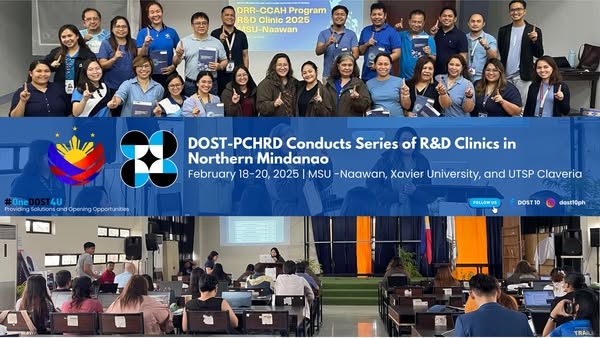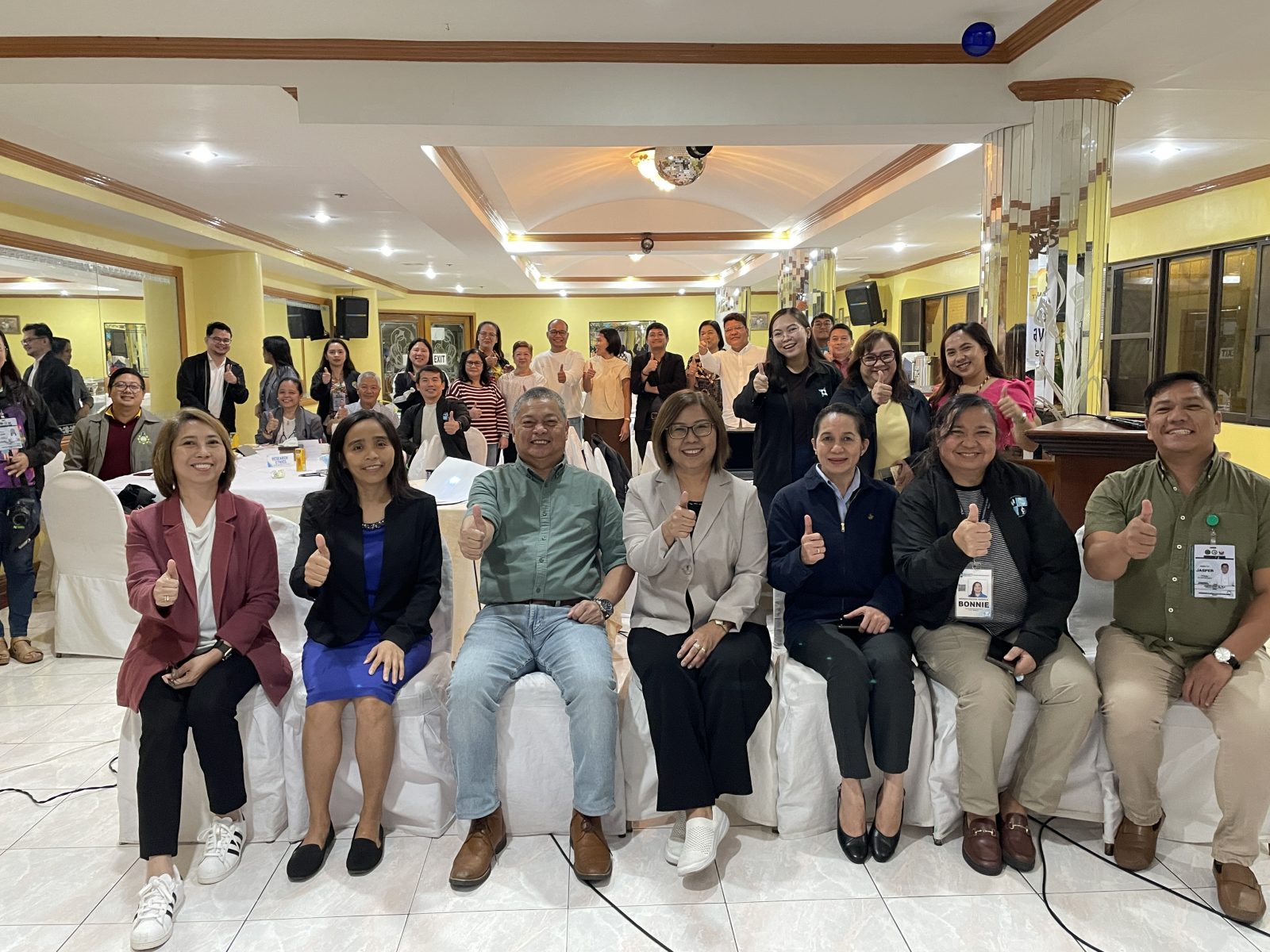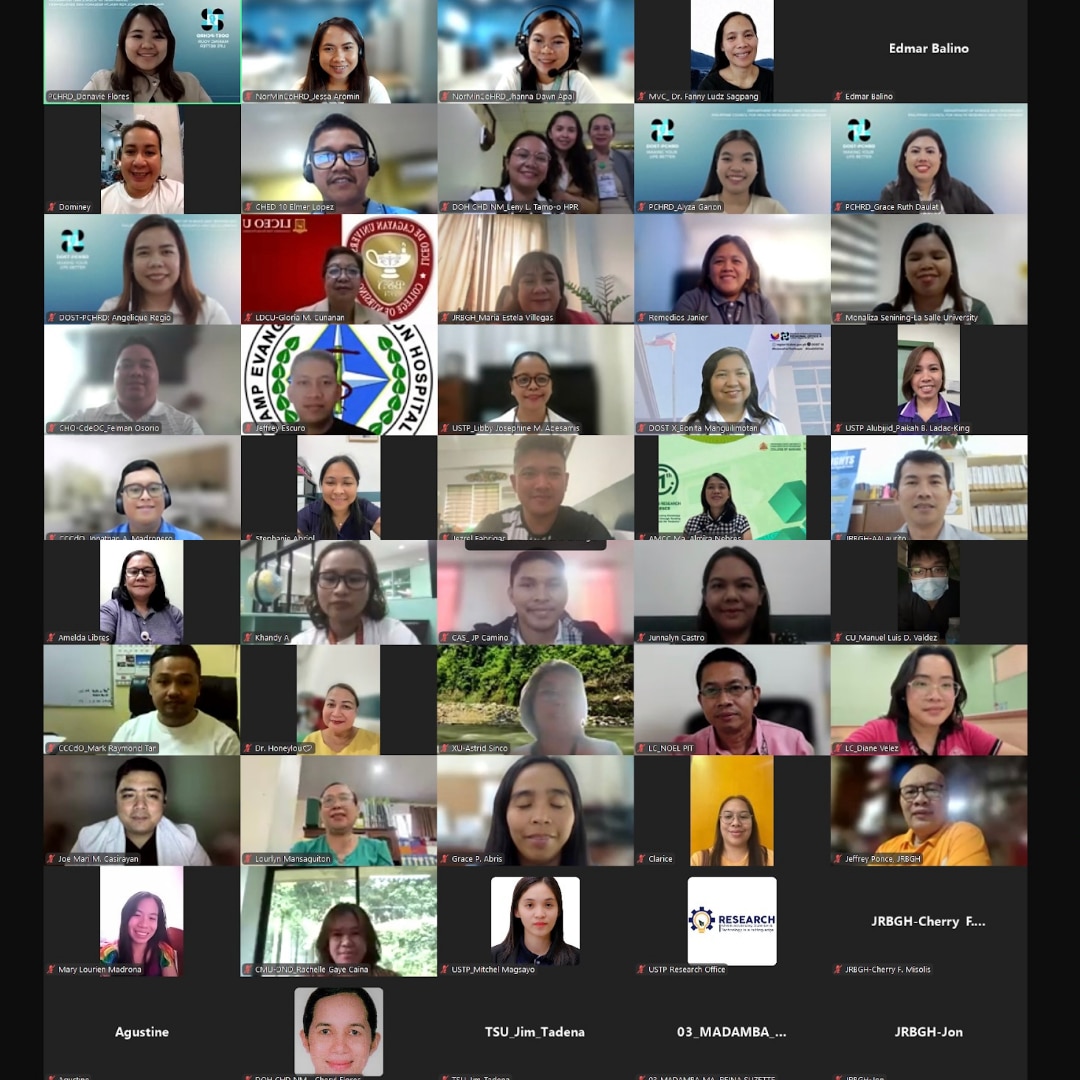TUBOD, LANAO DEL NORTE, January 23 (PIA) – Department of Health region 10 (DOH 10) clarified misinformation about Human Immuno-Deficiency Virus (HIV) and Acquired Immune Deficiency Syndrome (AIDS) saying it is impossible for a fish to transmit HIV to humans because it does not have the same body temperature the virus needs to survive.
Ian Jose C Baang from the Center for Health Development – Northern Mindanao DOH 10 during his HIV 101 presentation in the 2nd Information Volunteers Network (IVN) conference held at the Mindanao Civic Center (MCC) Hotel, Tubod, Lanao Del Norte (LDN) on January 22 advised the public not to believe this misinformation [shared] on social media.
He said, HIV is a human-to-human transmitted disease. The virus cannot survive for long outside the human body. When the virus is exposed to air, it will quickly dry up and become inactive. Once it will be inactive, it would never be active again.
“Education is important. People should be provided with correct, accurate, and reliable information on how they can protect themselves from HIV,” he pointed out.
“I am glad to have shared this important information to all of you (the audience) here, because as information volunteers you will be the front-liners of preventing misinformation from spreading. You will also be the advocates of the truth and facts,” Baang reiterated.
“It is safe to eat fish, period,” he said.
“Humans as we are, I know we have that fear, but it is not right to fuel our fear with ignorance. Fishermen and fish vendors’ livelihoods are already greatly affected by this false information,” Baang added.
There are three modes where HIV can be transmitted: sex by having contact with infected semen and vaginal fluid through vaginal, anal or oral sex; blood transfusion by a contaminated blood, using a contaminated needle and in indiscriminate injecting in drug abuse; and infected mother to child.
Aside from the transmission, there are also principles that need to be considered when having contacted by a person infected by HIV (PHIV) such as the exit, quantity sufficiency of virus, its survival and the entry of bodily fluids such as semen, vaginal secretions, blood and breast milk, he said.
Meanwhile, Pepsi Claire Tilawan, Student Body Organization (SBO) president from North Central Mindanao College said, “Honestly, I abstained myself from eating fish when I saw the post in FB that HIV Infected wastes are found in the waters of Cebu. Through the IVN, I am now complacent about it, no doubt.”
The widespread HIV misinformation in social media platforms will further be minimized as communities are being reached with true, accurate and relevant information through these information volunteers by the IVN, attendees said.
“It is already customary for us as 21stcentury learners to know accurate information about HIV, since it is very timely for the youth who are not just active in sharing different information in social media platforms, but also getting more aggressive in our social lifestyle,” remarked Adjemore Manabat, a Supreme Student Government (SSG) president from Christ the King College de Maranding.
The second leg of the IVN conference in Lanao del Norte (LDN) was attended by 185 information volunteers from LDN’s local government units (LGUs), National Government Agencies (NGAs), youth and the academe. (Christine Lyn G Viajante/PIA Iligan)








